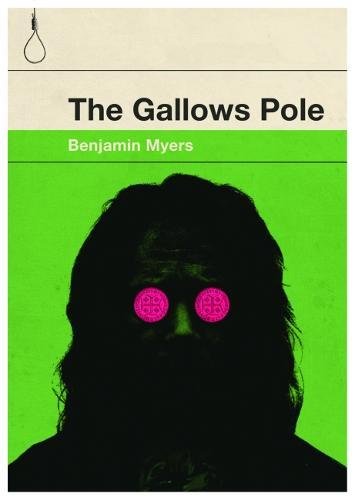The Gallows Pole
George III notwithstanding, there’s only one king in West Yorkshire: “King” David Hartley, leader of a local gang of “coiners.” A ragtag group of Hartley’s relatives, farmers, tradesmen, and vicious criminals, the Cragg Vale Coiners engage in the Yellow Trade: clipping bits off of coin edges, using these shavings to counterfeit new coins, and then spending both. William Deighton, an excise officer, is determined to bring down this band that debases the currency, ruins local businesses, strong-arms the valley’s few law-abiding citizens, and horrifically murders those who jeopardize their illegal enterprise.
This novel, winner of the 2018 Walter Scott Prize, is uniformly excellent. The sense of place (the Upper Calder Valley) is crafted with an exactitude seldom encountered. The characterization is so vivid that it overspreads the page with three-dimensional dynamism. The prose is astounding in the best of ways: alliteration abounds, there are repetitive lists that begin to feel almost like a poem or a song, evocative descriptions coupled and tripled (“Soot and ash. Snot and spume. Quag and sump and clotted moss. Loam.”). All combines with authentic dialogue and more substantive sentence structures to give a sense of inevitable, propulsive momentum from the novel’s first lines to its last. These third-person chapters alternate with appallingly spelled diary entries penned by an imprisoned Hartley; he looks back at the road that brought him nigh (to the gallows pole), the “king’s” voice to explicate his story. The looming threat of industrialization, the harshness of life on the moors, its lack of options, and the delineation of class all serve as elements of the whole: one Georgian machine, many moving parts. An unsettling cover reminiscent of something unearthed from a 1970s thrift shop bin completes the unique experience of this book, which would be a standout in any genre, and is certainly a rare historical fiction gem. Very highly recommended.










